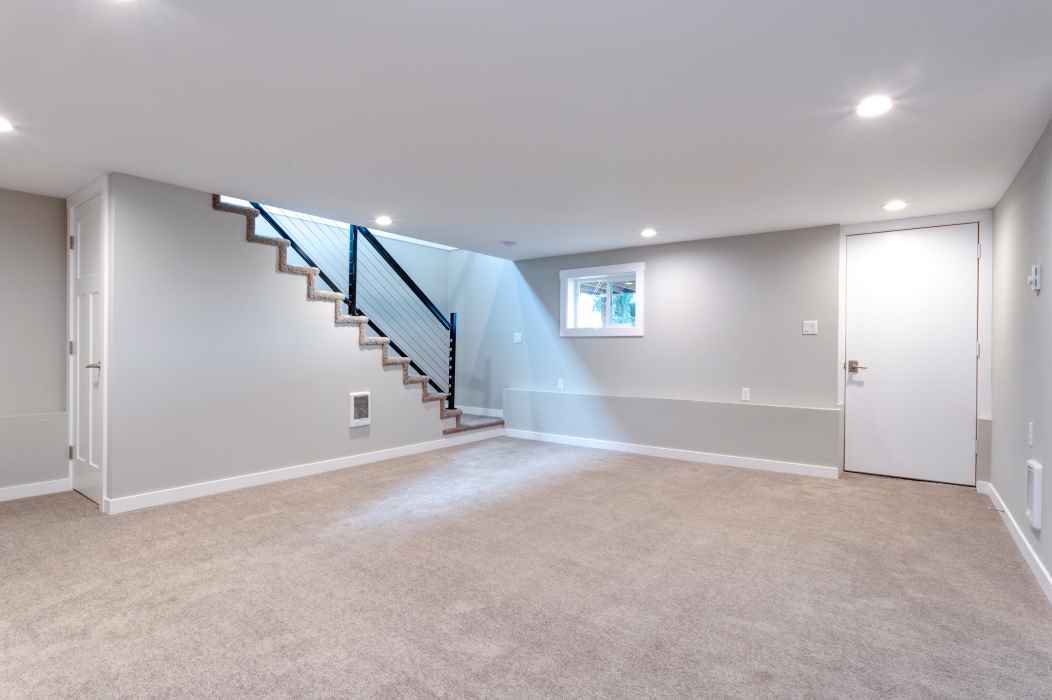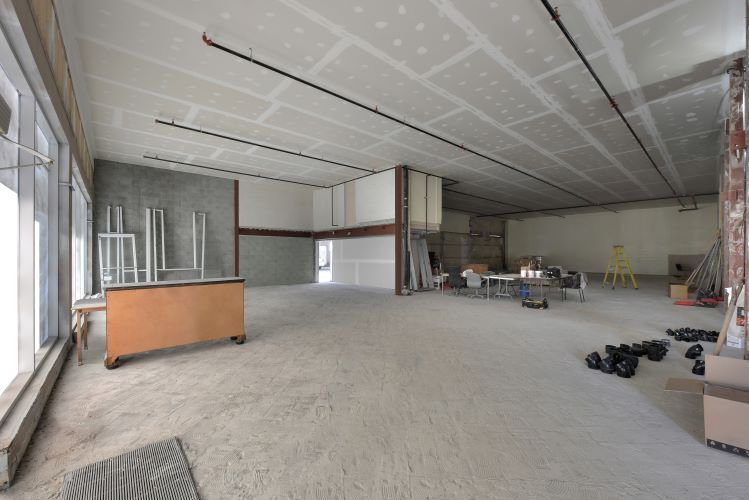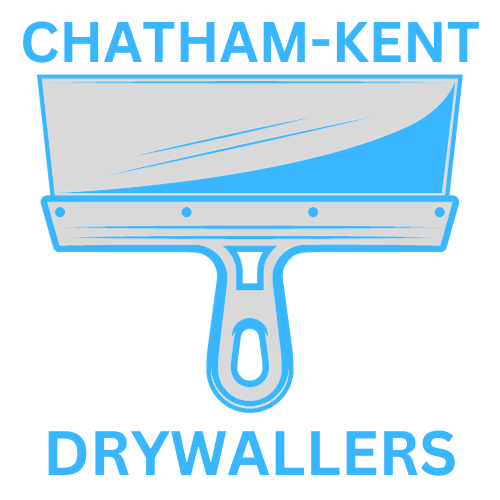A Guide to Basement Finishing

Transforming your basement into a functional and inviting living space offers numerous benefits, from expanding your home's square footage to increasing its resale value. At Chatham-Kent Drywallers, we specialize in basement drywall finishing and renovation services tailored to meet the unique needs and preferences of homeowners in Chatham, Ontario. In this blog article, we'll explore why you should consider finishing your basement and provide insight into the basement finishing process.
Why Consider Basement Finishing?
- Increased Living Space: Basement finishing allows you to maximize the square footage of your home by transforming an underutilized space into functional living areas such as bedrooms, home offices, family rooms, or entertainment areas. Whether you're expanding your living space for growing families, accommodating guests, or creating a dedicated workspace, a finished basement offers endless possibilities for customization and flexibility.
- Added Value to Your Home: Finishing your basement can significantly increase the resale value of your home by expanding its livable space and enhancing its overall appeal. A well-designed and professionally finished basement can attract potential buyers and differentiate your property from others on the market, ultimately leading to a higher resale price and faster sale.
- Enhanced Comfort and Functionality: A finished basement provides additional amenities and conveniences that enhance the comfort and functionality of your home. Whether it's adding a secondary bathroom, installing a wet bar or kitchenette, or incorporating built-in storage solutions, basement finishing allows you to customize your space to suit your lifestyle and preferences.
- Improved Energy Efficiency: Properly insulated and finished basements contribute to improved energy efficiency by reducing heat loss and improving thermal insulation. By sealing air leaks, insulating walls, and installing energy-efficient windows and doors, you can create a more comfortable and energy-efficient environment in your basement, reducing heating and cooling costs year-round.
The Basement Finishing Process:
- Initial Consultation: The basement finishing process begins with an initial consultation with our team at Chatham-Kent Drywallers. During this meeting, we'll discuss your vision, goals, budget, and timeline for the project, as well as conduct a thorough assessment of your basement space to identify any structural, electrical, or plumbing considerations.
- Design and Planning: Once we've established your goals and preferences, our team will work closely with you to create a customized design plan for your basement renovation. We'll help you select materials, finishes, fixtures, and layout options that align with your aesthetic preferences, functional requirements, and budget constraints.
- Framing and Insulation: The next step in the basement finishing process involves framing the walls, ceilings, and partitions using high-quality materials and construction techniques. We'll also install insulation to improve thermal performance, soundproofing, and moisture control in your basement, ensuring a comfortable and energy-efficient living space.
- Drywall Installation: With the framing and insulation in place, our skilled technicians will proceed with drywall installation, hanging, and finishing. We'll use premium-quality drywall panels, tape, mud, and sanding techniques to achieve smooth and seamless walls and ceilings that serve as a blank canvas for paint, texture, or wallpaper finishes.
- Flooring Installation: Once the drywall is finished, we'll proceed with flooring installation to complete the look and feel of your basement renovation. Whether you prefer carpet, hardwood, laminate, tile, or vinyl flooring, we'll ensure that your flooring selection complements the overall design aesthetic and meets your durability and maintenance requirements.
- Final Touches and Finishes: The final step in the basement finishing process involves adding finishing touches and details to enhance the visual appeal and functionality of your space. This may include installing trim, baseboards, crown molding, light fixtures, outlets, switches, and other decorative elements that add character and charm to your finished basement.
Conclusion:
Basement finishing and renovation offer countless benefits, from expanding your living space and increasing your home's value to enhancing comfort, functionality, and energy efficiency.
At Chatham-Kent Drywallers, we specialize in providing professional and high-quality basement drywall finishing and renovation services that exceed our clients' expectations. Contact us today to learn more about our basement finishing services and start transforming your basement into a beautiful and functional living space.
You might also like



